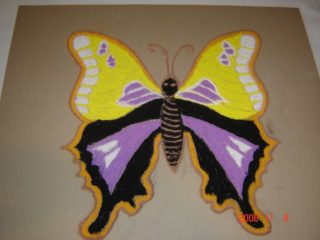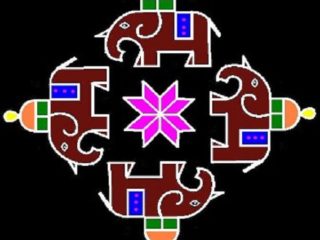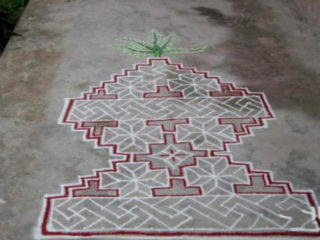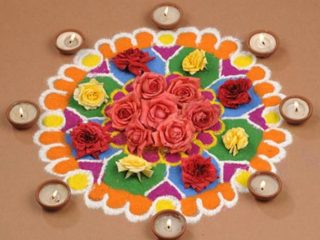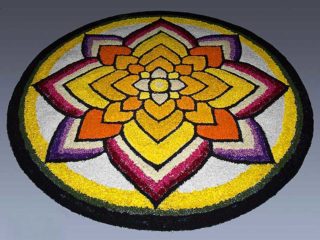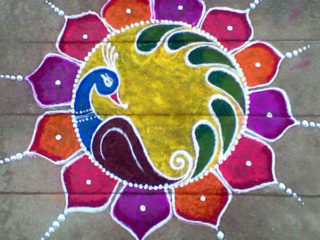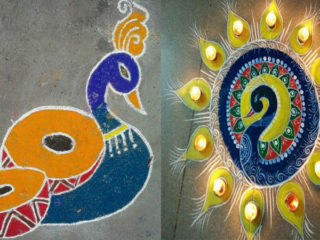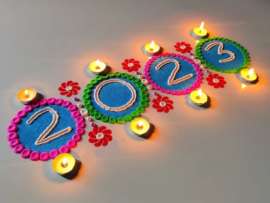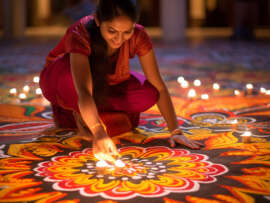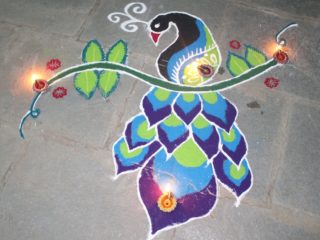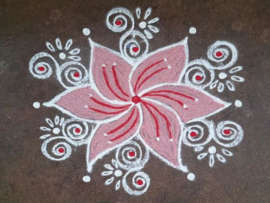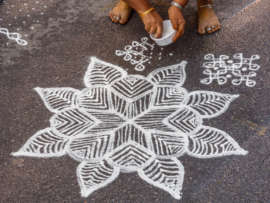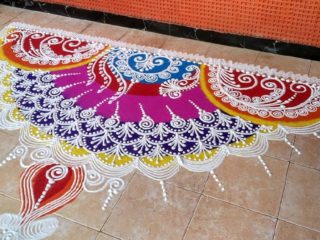Rangolis are the colorful designs made in special occasions or festivals. It is not only a decoration but is also ...
The main design of the rangoli is obviously an essential part of the entire pattern but at the same time ...
Rangolis are colorful designs and patterns made on festivals and occasions. It is a form of folk art which includes ...
Tulsi or Holy Basil is a sacred plant for the Hindus. They use it during their ‘pujas’ and sometimes even ...
Rangoli is a special form of Indian folk art. It is an ancient tradition of Hindu culture in which beautiful ...
A rangoli can be described as an Indian sand painted design which is a staple at the entrance of all ...
Flowers are common designs for all sorts of rangolis. They can be added up in any form and they themselves ...
Rangolis are synonymous with bright colours and innovative designs as they adorn the entrance to almost all homes in India ...
Rangoli add the colour to your festive decorations. Almost every Indian house sports these artful paintings, greeting you as you ...
Rangoli making is a popular art form of India. Beautiful patterns are created on the floor in living rooms or ...


